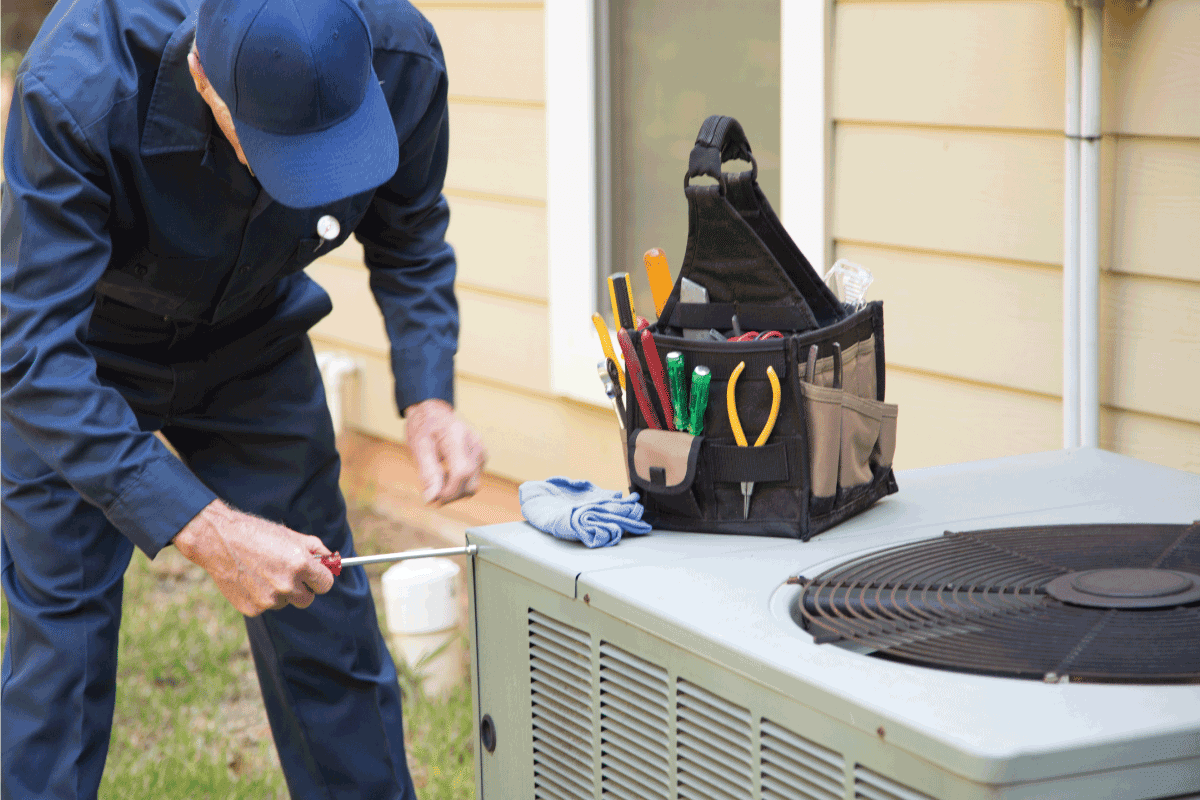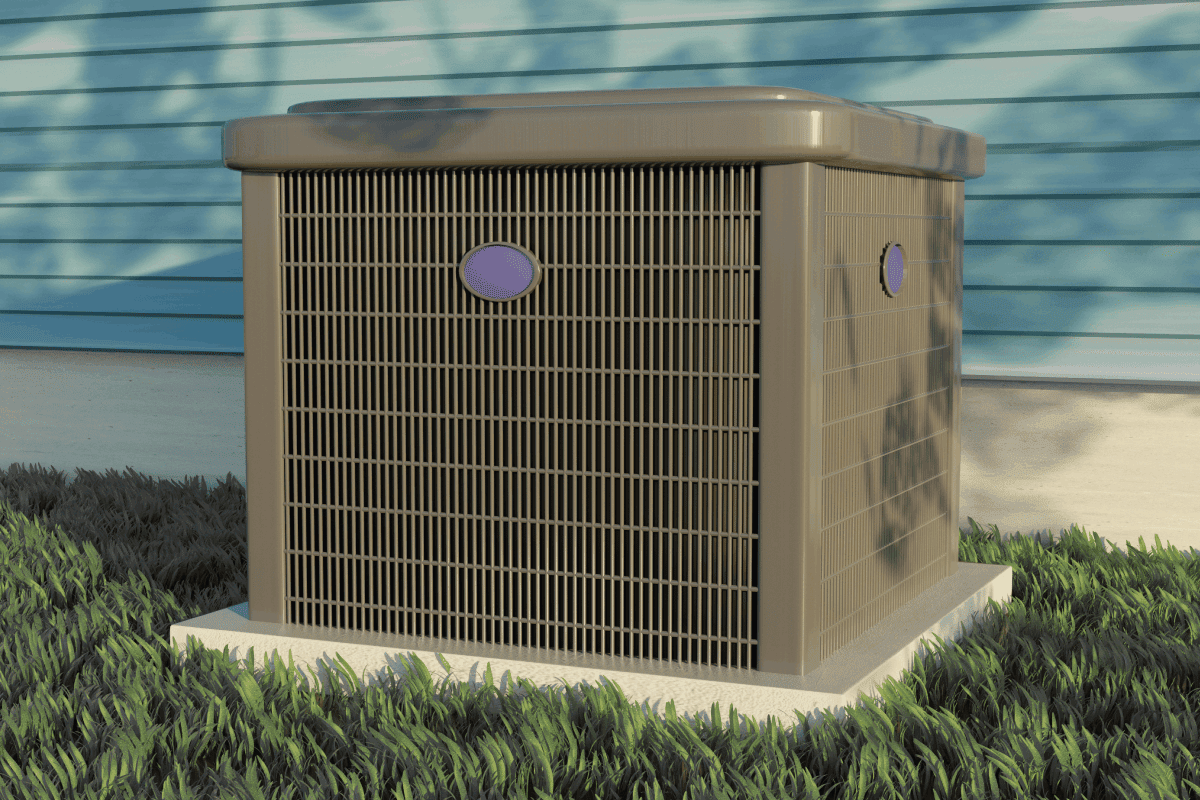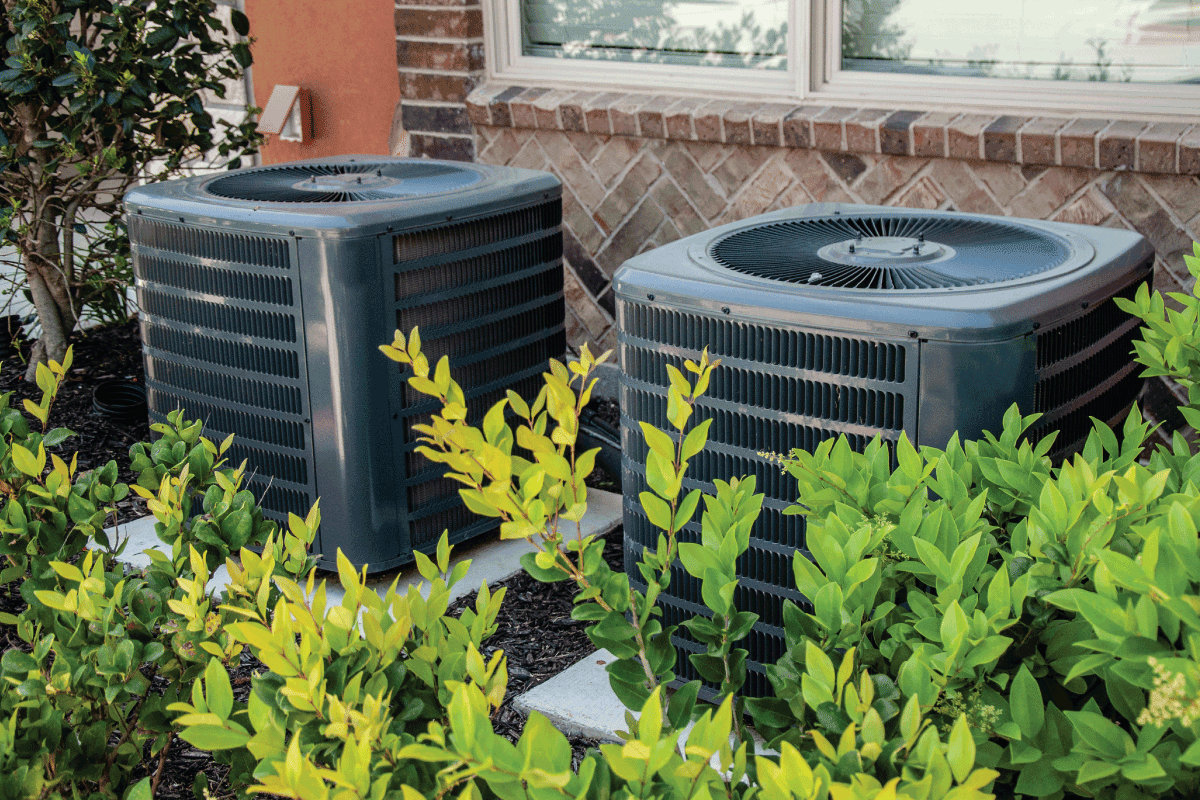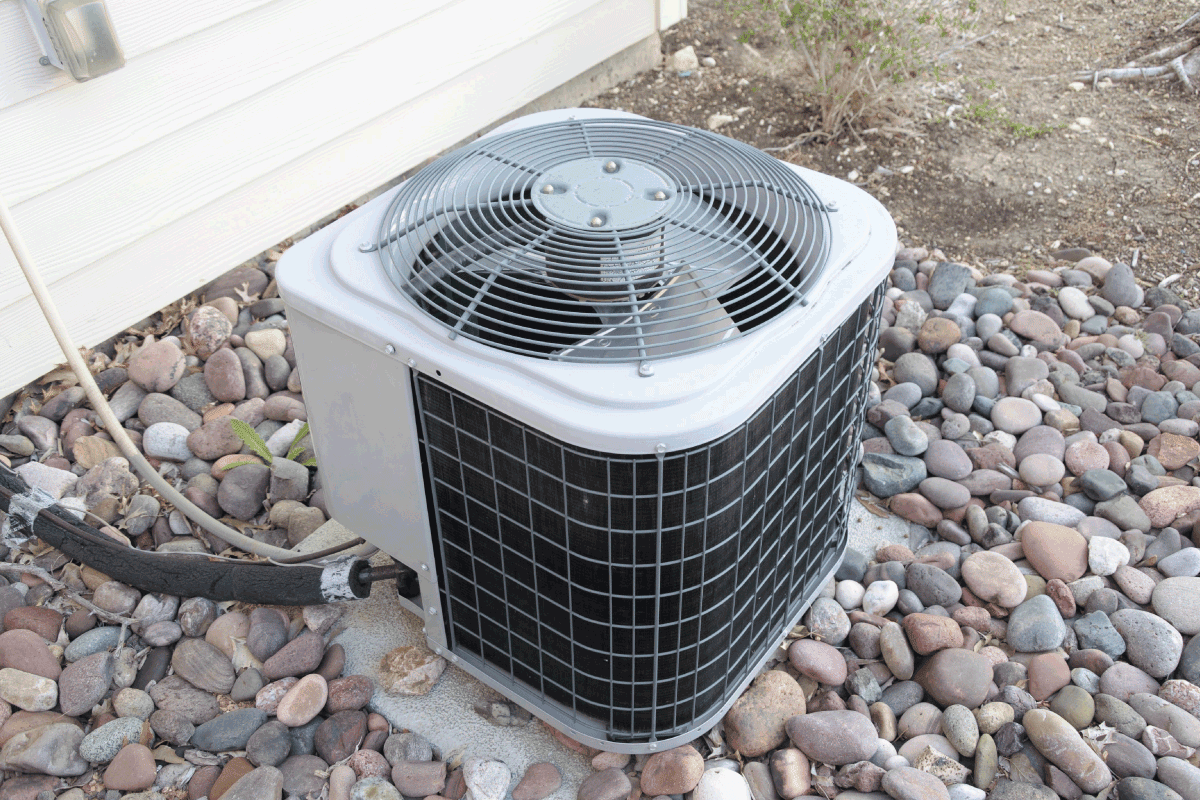The first step is a proper installation for your AC system to operate efficiently. Now you might be wondering if outdoor AC units require bolting down. We've researched this question to help you get the answer.
You should always refer to your AC unit's manual and your local building codes. Some AC units have specific installation requirements to be bolted down. If the AC unit's manufacturer or a local building code suggests bolting it down, your AC unit will work best in that configuration.
That was pretty straightforward, was it? Well, continue exploring to learn as well the bolting procedure for your AC unit. There are tons of insights waiting for you below. So that said, let's continue!
How To Bolt Down Your Air Conditioner Unit?
Essentially, the condenser or heat pump is among the vital pieces that comprise the air conditioning system. Securing both outdoor units typically requires bolting them down to avoid damage during operation. Generally, if this is recommended to install the unit, you'll find the steps fairly similar among AC unit models.

Before you proceed with the process, you will need to gather the following tools/materials:
- Tape.
- Spanner.
- Hammer.
- Impact drill.
- Marker pen.
- Safety glasses.
- Protective mask.
- 1/2 inch masonry bit.
- 1/2 inch concrete anchors (3 inches long).
- Pre-drilled base footing for your outdoor units.
Get this impact drill set on Amazon.
Next, follow the bolting steps below:

- Carefully set the outdoor unit onto a concrete base (preinstalled) and make sure it is set up properly.
- Insert your marker pen into the outdoor unit footing holes to mark where to drill a hole later.
- Prepare the impact drill with its 1/2-inch by 3-inch bit. For instance, if only a longer bit is available, you can tape it marking the accurate depth to avoid over-drilling the concrete.
- Start drilling the concrete by gently applying force to the impact drill's handle.
- You can stop drilling once the tape reaches the concrete.
- Rotate the anchor's nut to the end of the bolt.
- Insert the anchor into the outdoor unit's pre-drilled base.
- Now hammer it down until you can properly flush the nut and washer into the outdoor unit's base.
- Use your spanner to tighten the nut and extend the anchor sleeves into the hole.
- Repeat this process on the remaining holes to securely bolt your air conditioner's outdoor unit.
Should AC Unit Be Raised On Concrete Slab?
Ideally, raising your air conditioner off the concrete surface offers benefits. This will allow the AC unit to run more quietly and prevent early breakdown due to constant vibration. You can easily find some handy risers to support and elevate your air conditioner unit.
Click here to see rubber mounting pads on Amazon.
What Area Should You Avoid When Installing An AC Unit Outside?
The key to always keeping your AC units in good working condition is to abide by all the installation instructions. Knowing the places to avoid installing the AC is as critical as securing it down to your concrete.
You must avoid placing the AC unit in the hottest portion of the area of your house. In addition, plants, twigs, or leaves aren't very pleasant to your AC unit coils. This backyard debris can cause the coils to jam. So, keep a gap between any landscaping and the unit.

How High Should Your AC Unit Be From The Ground?
Aside from bolting the AC, there are crucial factors that you need to address, such as spacing and clearance guidelines. This is also critical because this will determine the air conditioning system's efficiency.
According to a residential code, you should extend or elevate the outdoor unit off the ground by three inches (or 76 millimeters). For those residential areas prone to casual flooding, be prepared for the local building codes to recommend higher clearance, mounting the outdoor unit upwards of eight feet.
The following factors that also worth considering are:
AC Outdoor Units Side Spacing Guidelines
You should give your air conditioner outdoor unit enough room for proper airflow. The spacing guideline code obliges you to give six inches (or 152.4 millimeters) clearance on the side of the outdoor unit. You should also keep all its remaining sides about 12 inches (or 304.8 millimeters).
Clearances Away From Structures
Fences and walls are among the structural hindrances that limit the air significantly passing through your AC systems. The code states that at least 12 inches apart from these obstructions is enough to allow the AC to breathe.
What Happens If Your AC Unit Is Not Level?
The air conditioner fan motor is constantly rotating when the AC is working. This component will be susceptible to damage if the outdoor unit isn't mounted level.
Moreover, an unbalanced AC unit also poses a risk to its system. This is due to freon will potentially block the tubing and eventually leak. As a result, the AC faces excessive stress, which can also result in overheating.

Another common consequence of uneven AC units is terrible vibration. This will damage your AC unit as the system's nuts and bolts will loosen, resulting in the system working ineffectively.
How To Check If Your AC Unit Is Evenly Installed?
The easiest way to determine whether the AC unit is level or not is to visually assess the unit. This is a simple task.
However, if you're unable to determine just by looking at the AC unit, you can use a level tool for accuracy. Just place the leveling tool on top of the AC unit, then there you confirm the result.
Buy this reliable level tool on Amazon.
Can I Level My AC Unit On My Own?
You may be tempted to level your air conditioning unit after confirming that it is not level. Unfortunately, we don't suggest doing this job on your own. Remember that your air conditioning unit has multiple piping lines. If you don't have the expertise or experience, you can accidentally damage its piping by bending it.
Make sure your air conditioning system is leveled correctly. This is because even a small amount of imbalance can also cause serious damage to the system's motor fan. This causes the unit to work inefficiently and use more electricity.
Reach out to your HVAC contractor for the leveling job to avoid damage.
How Much Does It Cost To Level An AC Unit?
A securely level unit performs significantly better. During a maintenance checkup, it is essential to conduct a leveling diagnosis on your AC's outdoor units. This will be done by your HVAC service contractor.
The contractor's service fee will cost you between $65 and $250. This average amount can fluctuate, depending on your state.

To Wrap Things Up
Bolting down your AC units will always depend on specific installation instructions and local building codes. The bolting process is quite easy as long as you are DIY capable.
Throughout this article, we learned a lot to help you with a proper AC installation. We also shared that spacing for air circulation and leveling are important to the AC outdoor unit's setup. We hope that you will use this knowledge to your advantage to keep your AC operating effectively and efficiently.
If you find this post helpful, please read our other related posts below!



